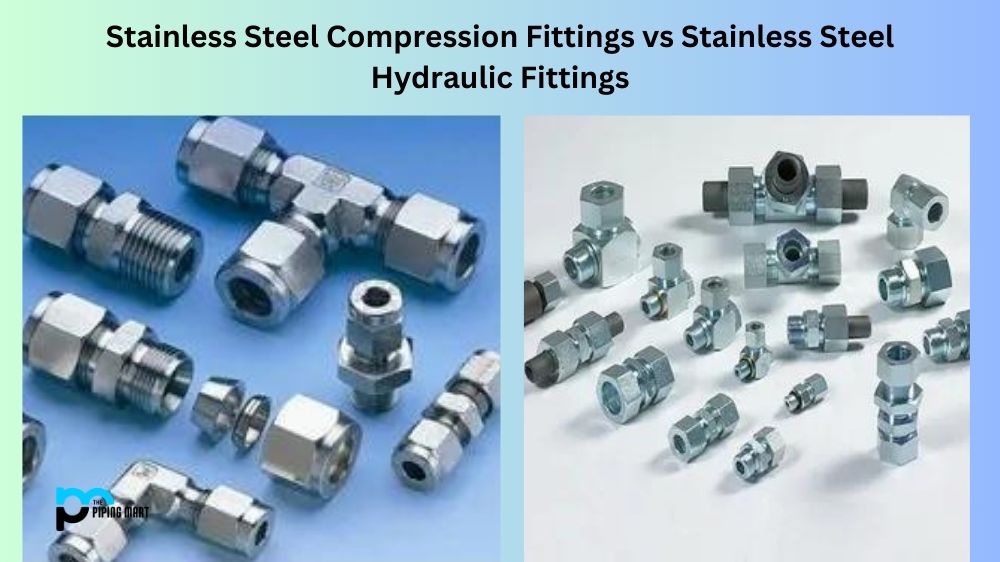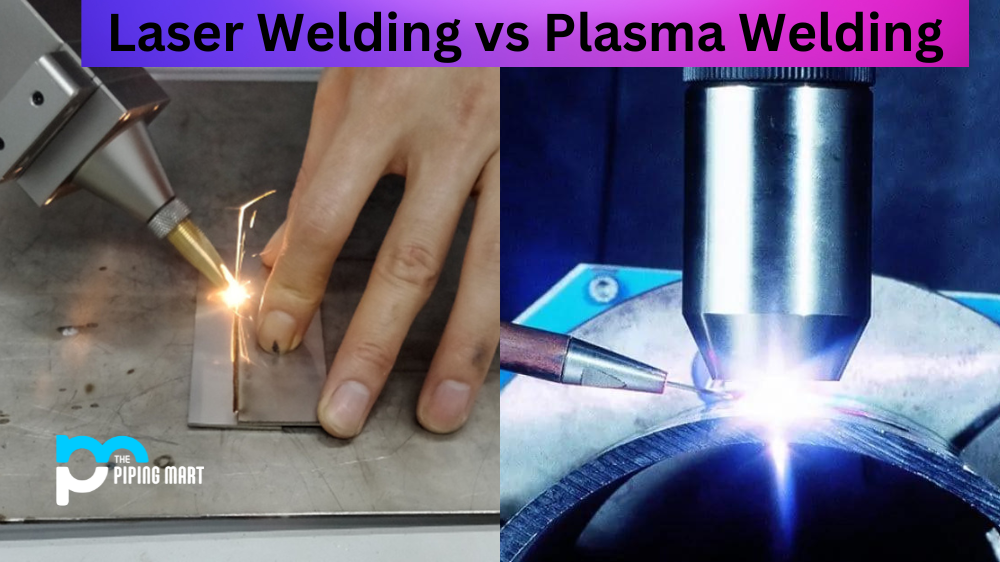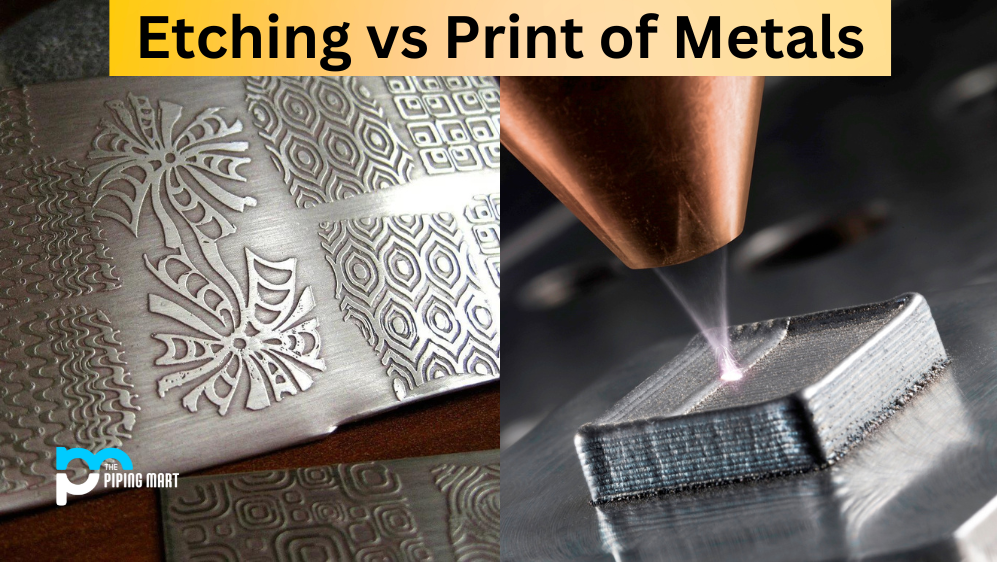When it comes to selecting the right fittings for your piping system, there are two main options that you may come across – Stainless Steel Compression fittings and Stainless Steel Hydraulic fittings. Though they may sound similar, some significant differences between the two fittings can make a huge difference in terms of both performance and cost. In this blog post, we’ll help you distinguish between Stainless Steel Compression and Stainless Steel Hydraulic fittings to ensure you make the right decision for your next project.
Stainless Steel Compression Fittings
Stainless steel compression fittings are components used in plumbing and other water management systems to securely connect two pipes or a pipe to a valve, joint/fittings, and more. They offer maximum flexibility for the easiest and fastest installation due to their pre-assembled design, eliminating welding or threading. Plus, they provide superior chemical and high-performance corrosion resistance thanks to their stainless steel construction. Also, these fittings have increased safety ratings compared to brass counterparts, possibly due to their improved leakproof seal technology that conforms better than conical seats in some brass options.
Stainless Steel Hydraulic Fittings
Stainless Steel Hydraulic Fittings are metal pipe fittings used primarily in hydraulic systems to connect hoses, tubes and other components. Made from high-grade stainless steel, these fittings offer superior resistance to corrosion and pressure over other materials, such as plastic or brass, while providing excellent durability. This makes them ideal for a wide range of industries, including automotive, construction and chemical processing. Additionally, due to their customizability, they can be tailored quickly and effectively to suit various applications.
Difference Between Stainless Steel Compression Fittings and Stainless Steel Hydraulic Fittings
Operating Principle
One of the first and most significant differences between Stainless Steel Compression fittings and Stainless Steel Hydraulic fittings is their operating principles. Compression fittings work by compressing the tubing onto a tapered stainless steel fitting. The compression ring on the fitting squeezes the tube against the taper, thus forming a tight seal. At the same time, Hydraulic Fittings rely on hydraulic fluid and pressure to contribute to the proper performance of the tubing system. The fittings provide tight connections for proper fluid and pressure flow within the system.
Pressure Capacity
Another distinction between Stainless Steel Compression Fittings and Stainless Steel Hydraulic Fittings is the pressure capacity. Compression fittings are known to handle low pressure, typically below 1000 PSI. While hydraulic fittings are designed for high-pressure applications, they can handle pressures up to 10,000 PSI.
Convenience and Ease of Installation
Stainless Steel Compression Fittings are fairly simple and straightforward to install since they don’t require specific tools or soldering. The ease of installation makes them popular in regularly assembled or disassembled systems. Hydraulic fittings require special installation tools and expertise since they operate at high pressures.
Material
Stainless Steel Compression Fittings and Stainless Steel Hydraulic Fittings are constructed from high-quality 316 stainless steel material/grade. However, hydraulic fittings often use high-strength, high-performance stainless steel to withstand the systems’ much higher pressures.
Cost
Regarding cost, Stainless Steel Compression Fittings are generally more affordable than Stainless Steel Hydraulic fittings. Compression fittings are the most suitable choice if you want to save money. On the other hand, if your project involves high pressure, you will need to go for Hydraulic fittings, which come at a higher cost.
Conclusion:
In conclusion, both Compression Fittings and Hydraulic Fittings have advantages and disadvantages. As a result, whether you go for Stainless Steel Compression Fittings or Stainless Steel Hydraulic Fittings will entirely depend on your specific project’s needs. If you require high pressure, then the latter will be more appropriate. However, Stainless Steel Compression Fittings are perfect for low-pressure applications that are regularly dismantled or assembled. Either way, both fittings are constructed from high-quality stainless steel and will provide dependable, long-term service and perform great in corrosive environments, making them ideal for multiple applications in industrial or commercial spaces.

A passionate metal industry expert and blogger. With over 5 years of experience in the field, Palak brings a wealth of knowledge and insight to her writing. Whether discussing the latest trends in the metal industry or sharing tips, she is dedicated to helping others succeed in the metal industry.




